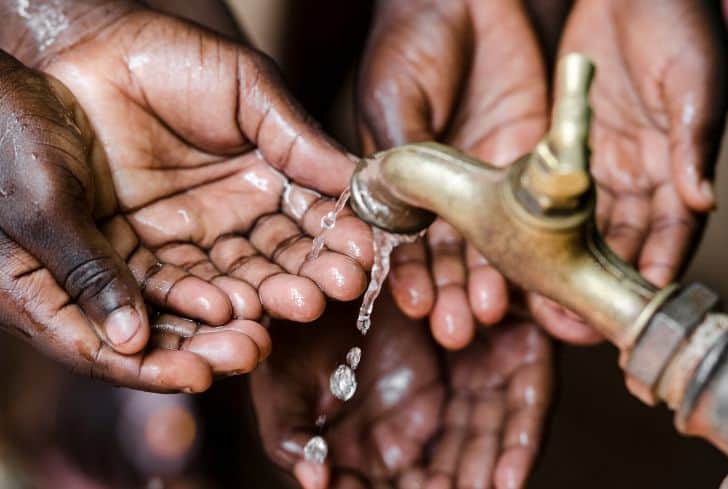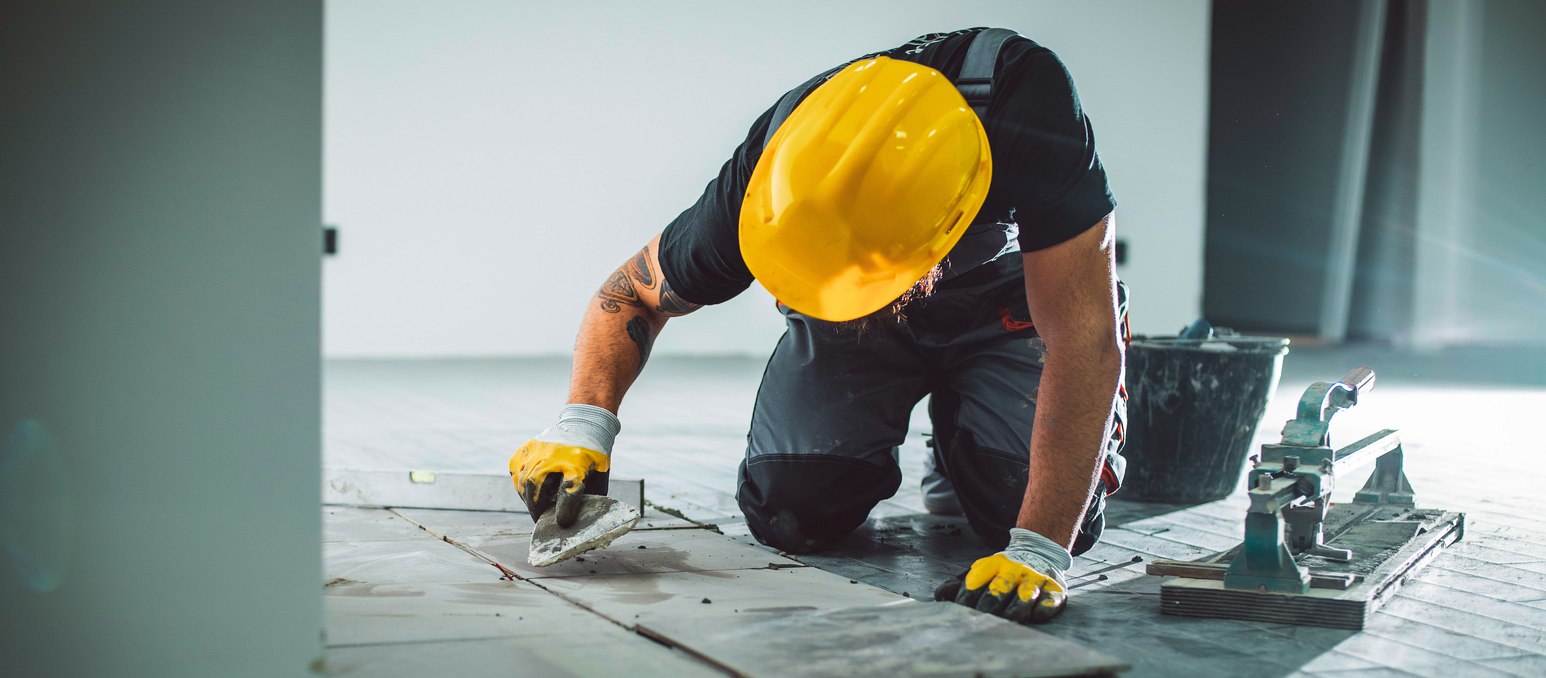In an unpredictable world, being prepared for unforeseen circumstances is not a luxury—it’s a necessity. The modern era has thrown challenges our way, be it in the form of natural calamities, economic downturns, or pandemics like COVID-19. During these trying times, having an uninterrupted supply of water and electricity can make a significant difference. As someone who understands the importance of self-reliance and preparing for worst-case scenarios, I’m here to provide some tried-and-tested strategies to ensure water and electricity during any crisis. Plus, I’ve come across an excellent resource – the survival sanctuary book, which offers even more in-depth insights on the subject.

Content
1. Harvest Rainwater
When taps run dry, the skies can come to the rescue. Installing a rainwater harvesting system is one of the most effective ways to ensure a consistent water supply. Apart from drinking, this water can be used for various household chores, gardening, and even bathing after appropriate purification.
2. Go Solar
Harnessing the sun’s power is one of the most sustainable ways to generate electricity. Solar panels can provide power during outages and significantly reduce monthly electricity bills. How to get started with diy electrical projects? is a guide that can assist beginners in tapping into the power of solar energy.
3. Dig a Well
While it might sound old-fashioned, having a well on your property is a reliable water source. With modern drilling techniques and pumps, you can access fresh groundwater which can be a lifesaver during prolonged droughts.
4. Invest in Portable Generators
A portable generator can be a boon during power outages. While it’s not a permanent solution, it can provide essential power to run crucial appliances like refrigerators, heaters, or medical equipment.
5. Opt for Water Purification Tablets
During emergencies, even a murky puddle can become a vital water source. To make such water safe for consumption, stock up on water purification tablets. They’re affordable, lightweight, and can purify water in just 30 minutes.
6. Utilize Wind Turbines
If your home is in a windy location, wind turbines can be a fantastic way to generate electricity. These turbines can be paired with solar panels to create a comprehensive off-grid electricity solution.
7. Store Water Effectively
Having a considerable quantity of stored water is crucial during emergencies. Invest in large storage tanks and keep them filled. Remember to rotate this stored water every six months to keep it fresh. For innovative solutions on water storage and conservation, the article 7 innovative solutions to combat the global water crisis offers some handy insights.
8. Build a Root Cellar
Root cellars are underground structures primarily used for storing fruits, vegetables, and other foods. Interestingly, they can also serve as a consistent water and cool air source. They maintain a stable temperature and can be life-saving during extreme weather events.
In conclusion, while none of us wishes for crises, being prepared for them is the wisest course of action. Implementing these strategies can not only help during emergencies but also lead to a more sustainable and self-reliant lifestyle. If you’re serious about preparing your home and family for unforeseen situations, give the DIY survival sanctuary a read. The knowledge within is invaluable, and it’s an investment in peace of mind. Stay safe, and remember: preparation is half the battle.
The Importance of Community Collaboration
During times of crisis, the community’s strength becomes one of our greatest assets. When we think about preparedness, it’s not just our individual efforts that matter but how we can work together as a neighborhood or community. Sharing resources, knowledge, and skills can not only alleviate the pressure on individual families but also create a more resilient environment for everyone. Establishing local support groups, sharing energy solutions, or collaborating on communal water sources can make a world of difference. Through collaboration, we not only ensure our own safety but also guarantee that the most vulnerable among us are taken care of.
Adapting to New Technologies
With rapid advancements in technology, there’s a plethora of innovative solutions emerging for crisis management. Drones, for instance, can be used to scout areas for water sources or deliver essential supplies during emergencies. Moreover, apps and software platforms dedicated to disaster preparedness and communication are becoming increasingly popular. Such platforms can notify individuals about impending crises, provide checklists for preparation, or even facilitate community coordination. Embracing these technologies ensures that we’re not just relying on traditional methods but are also equipped with the latest tools to tackle emergencies.
Mental Preparedness: Equally Crucial
While we often emphasize physical preparedness, mental and emotional readiness is just as essential. The stress and anxiety of facing an emergency can be overwhelming, affecting decision-making and overall well-being. Taking steps like practicing mindfulness, undergoing disaster simulation exercises, or even just discussing potential scenarios with family members can help in creating a mentally resilient environment. Remember, being calm and composed during a crisis is half the battle won. Therefore, investing time in mental preparedness can be as beneficial as any other practical step you take.

I am Scott Miller and my love is writing about home improvement. I write mostly about home ideas, but also share some tips and tricks that can make your life easier when it comes to getting things done in the house.











